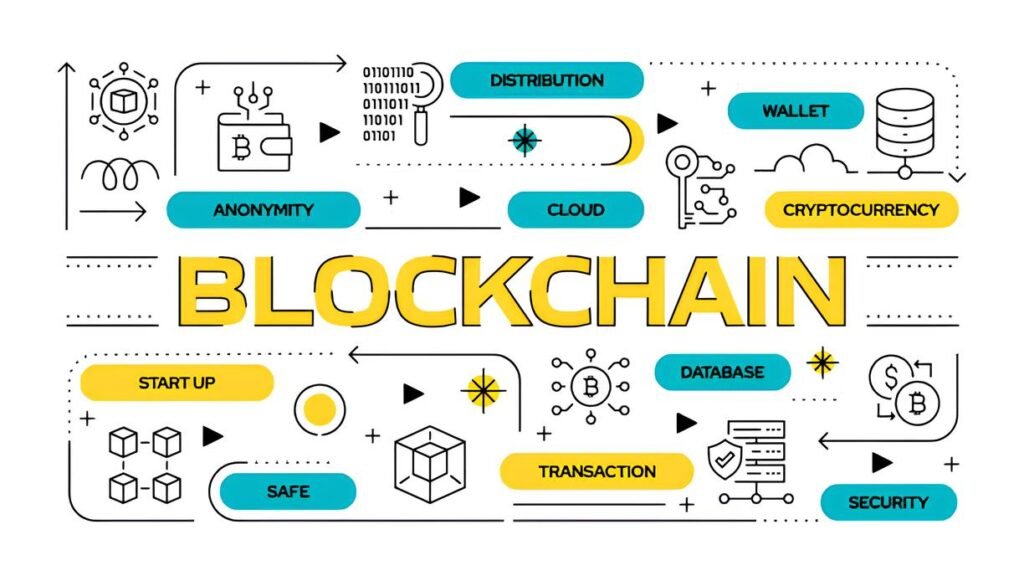Imagine booting up your computer and knowing that after you shut it down, there’s no trace of anything you did—no history, no leftover files, no digital fingerprints. For many users venturing into the darknet, this kind of clean slate isn’t just a convenience; it’s a crucial layer of protection. The allure of complete privacy often leads people to explore specialized systems designed to leave no trace behind. But why are these “stateless” operating systems gaining so much traction for anonymous browsing on darknet networks?
In This Article
- Understanding Stateless Operating Systems
- Why Statelessness Matters for Darknet Access
- Top Stateless Operating Systems Used for Anonymous Browsing
- Benefits of Stateless OSes in Darknet Privacy and Security
- Challenges and Limitations to Consider
- Best Practices for Using Stateless Operating Systems Safely
- Integrating VPNs and Secure Tools with Stateless OSes
- Balancing Convenience and Anonymity: Where Stateless OSes Fit In
Understanding Stateless Operating Systems
At its core, a stateless operating system is designed to run without retaining user data or system changes permanently. Unlike traditional OSes—Windows, macOS, Linux distros—that store data persistently on the hard drive, stateless systems often boot fresh every time from a clean image.
This means that any files you create, configurations you set, or browsing history you build during the session vanish once the system powers off or is restarted. It’s like using a chalkboard that instantly wipes clean after use.
Such systems can run from a live USB drive, CD/DVD, or memory card and often emphasize minimal or no storage footprint on the host device. Stateless OSes can also be configured to keep certain encrypted data temporarily if the user chooses, but their default nature is ephemeral and transient.
Why Statelessness Matters for Darknet Access
When accessing darknet markets, forums, or hidden services, every digital footprint is a potential risk. Traditional operating systems log activities in system files, temporary caches, and various hidden locations that can inadvertently reveal your presence, habits, or identity.
Darknet environments thrive on anonymity. Even a small trace of information left behind after one session could lead to deanonymization. This is where statelessness becomes a powerful tool — wiping data clean after each session means fewer risks of accidental leaks or forensic recovery.
Furthermore, the darknet is heavily monitored by law enforcement and adversaries using advanced forensic techniques. A stateless OS reduces the attack surface by eliminating persistent data, restricting the accumulation of metadata clues that could correlate activity over time.
Key points why stateless operating systems help darknet users:
- Data eradication: No leftover files to be recovered later
- Limited footprint: Minimal local system logs or caches
- Fresh start each session: Reduces behavioral pattern tracking
- Built-in privacy tools: Many come pre-configured with Tor and encryption
Using a stateless OS like Tails alongside secure communication methods can dramatically increase your darknet anonymity. Combining statelessness with good operational security habits is essential.
Top Stateless Operating Systems Used for Anonymous Browsing
Not all stateless operating systems are equally suited for darknet access. Some focus more on ease of use, while others prioritize extreme security. Here are some of the most popular OSes used by privacy-conscious users:
- Tails (The Amnesiac Incognito Live System): The most renowned stateless OS for privacy, Tails routes all internet traffic through Tor by default and forces network-level anonymity. It never writes to disk and shuts down with no trace left behind.
- Whonix: Employs a two-VM system where one acts as a gateway with Tor, and the other is used for daily tasks. Although technically not fully stateless, Whonix is designed to isolate, compartmentalize, and prevent leaks.
- Qubes OS with Whonix integration: Qubes isn’t stateless by default, but its compartmentalization combined with Whonix templates offers a powerful and secure way to access darknet services with minimal data exposure.
- Subgraph OS: Designed to resist surveillance, malware, and censorship. While it maintains some stateless principles, it is more focused on decentralization and malware resistance, supporting Tor integration.
Benefits of Stateless OSes in Darknet Privacy and Security
Here’s why many darknet users choose stateless operating systems over traditional setups:
- Reduced forensic footprint: Stateless OSes erase session data, cookies, browsing history, and temporary files automatically.
- Mitigation of accidental leaks: By isolating sessions, they prevent apps or the system from sending identifying data after the session ends.
- Stronger resistance to targeted monitoring: Because there’s no saved content, adversaries have minimal clues to piece together identity or timings.
- Built-in anonymity frameworks: Many stateless OSes come pre-configured with Tor, encrypted storage, and networking protections.
- Isolation of malicious payloads: Since systems reboot fresh every time, malware or spyware infections have no lasting power.
One especially useful benefit is the prevention of persistent metadata leakage. Files, timestamps, or browsing habits stored on a regular OS can reveal behavioral patterns. Statelessness confines these to individual sessions.
Challenges and Limitations to Consider
It’s important not to assume that stateless operating systems are infallible. They provide robust safeguards, but users must be mindful of limitations.
- Persistence trade-off: Not saving data means all progress and downloads disappear unless explicitly saved to a separate encrypted drive.
- Learning curve: Setting up and mastering stateless OSes often requires technical familiarity and suitable hardware (like USB drives and BIOS configuration).
- Hardware fingerprinting dangers: Even with a wiped OS, adversaries can track unique device identifiers if hardware isn’t anonymized.
- Malware risks: While infections don’t survive reboot, a compromised USB or live media can introduce backdoors repeatedly.
- Limited application support: Some stateless OS environments have fewer compatible tools or require command-line skills to customize.
Using a stateless OS isn’t a silver bullet. Poor operational security such as reusing usernames, neglecting encryption, or failing to mask hardware IDs can undermine anonymity efforts.
Integrating statelessness effectively often requires combining with VPNs, secure messaging, and compartmentalized browsing. See our guide on how to stay anonymous on the darknet in 2025 for comprehensive strategies.
Best Practices for Using Stateless Operating Systems Safely
Even the most secure stateless OS benefits from sound user habits. Here is a checklist to maximize your darknet privacy:
- Boot from trusted media: Use official, verified ISO images to create your bootable USB or DVD.
- Use secure USB drives: Prefer hardware-encrypted or write-protected USBs to prevent tampering.
- Update regularly: Download fresh OS images and integrate security patches to avoid exploits.
- Avoid revealing personal data: Never log into personal accounts or use identifying markers in darknet interactions.
- Combine with secure VPNs: Layered routing (e.g. VPN over Tor or Tor over VPN) can add additional anonymity—but configure carefully.
- Encrypt any persistent files: If saving documents or wallets, use encrypted external drives or tools.
- Beware of hardware fingerprinting: Consider disabling Wi-Fi, Bluetooth, webcams, and microphones when possible.
Integrating VPNs and Secure Tools with Stateless OSes
While stateless OSes route traffic typically via Tor, some users opt to add VPNs to increase privacy layers. Understanding how these work together is key to avoiding leaks or slowdowns.
For instance, using a VPN before Tor (“VPN over Tor”) hides your IP even from your Tor entry node. Conversely, connecting to Tor over a VPN shields your ISP from seeing Tor usage.
However, incomplete setups can leak DNS queries or IP addresses. Configuring VPNs properly within stateless environments is challenging because the OS resets with each boot.
Several tools have evolved to aid secure integration, including:
- NetworkManager with VPN plugins: Can be scripted to auto-start within stateless OS sessions.
- Encrypted persistent storage: Allows saving VPN credentials securely.
- Multi-signature wallets and encrypted chat workflows: Useful for safe darknet communications—covered more in multi-signature wallets and privacy and building encrypted chat workflows.
Integration requires patience and repeated testing, as the best VPNs for Tor in 2025 highlight. When done right, VPNs and stateless OSes combined can deliver superior darknet anonymity.
Balancing Convenience and Anonymity: Where Stateless OSes Fit In
Stateless operating systems aren’t for everyone. Their ephemeral nature demands preparation, technical skill, and a willingness to sacrifice convenience for privacy. But for darknet users who prioritize security, they offer a truly unique edge.
By design, they help erase tracks that conventional systems leave behind—closing doors on data persistence, system logs, and accidental leaks. In the cat-and-mouse game of darknet anonymity, this fresh start every session can be essential.
The real value lies not in perfect invisibility—which is elusive—but in reducing your digital footprint to the bare minimum. Combined with strong behavioral privacy, encrypted communications, and thoughtful operational security, stateless OSes form a robust



